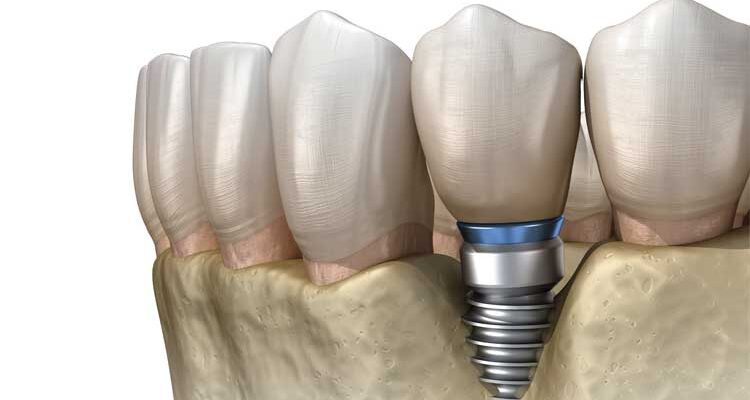Dental implants have revolutionized the field of dentistry, offering a reliable solution for replacing missing teeth. However, complications can arise in the form of peri-implant diseases, such as peri-implantitis (PI), which can lead to the failure of the implant. One key factor in the development of peri-implant diseases is the microbiome in the peri-implant area.
Researchers have long been intrigued by how implant surface modifications may influence the peri-implant microbiome and, consequently, the development of PI. A recent study sheds light on this crucial aspect of dental implantology.
Exploring the Impact of Implant Surface Modifications
The study aimed to investigate the effect of different implant surface modifications on the peri-implant microbiome and its role in the development of PI. The research involved 106 systemically healthy individuals who had anodized (AN), hydroxyapatite-coated (HA), or sandblasted acid-etched (SLA) implants that had been in function for over six months. These individuals were categorized into two groups: those with healthy implants (H) and those with PI.
Analyzing the Peri-Implant Microbiome
To understand the dynamics of the peri-implant microbiome, the researchers employed 16S rRNA gene sequencing, a powerful technique for characterizing microbial communities. They examined the differences in microbial composition and abundance between health and PI cases, specifically focusing on the three implant surface types: AN, HA, and SLA.
Key Findings
The results of the study revealed intriguing insights into how implant surface modifications impact the peri-implant microbiome and the development of PI. Here are some of the key findings:
- No Significant Difference in Healthy Implants: Healthy implants did not show significant differences in clustering, alpha- or beta-diversity based on surface modification. This suggests that surface modifications may not significantly impact the peri-implant microbiome in cases of implant health.
- AN and HA Surfaces and PI: In contrast, AN and HA surfaces demonstrated significant differences between health and PI cases (p < 0.05). These findings suggest that these specific implant surface modifications may play a role in the development of PI.
- SLA Surface: Interestingly, SLA surfaces did not exhibit such clustering between health and PI (p > 0.05), indicating that the microbiome on SLA surfaces may not be as strongly influenced by the presence of disease as the other surfaces.
- Specific Microbial Species: The study also identified specific microbial species associated with the development of PI on AN and HA surfaces. In AN implants with PI, six species from the genera Shuttleworthia, Scardovia, and Prevotella were found to have lower abundances, while 18 species from the genera Fretibacterium, Tannerella, Treponema, and Fusobacterium were elevated. In HA implants with PI, 20 species from the genera Streptococcus, Lactobacillus, Veillonella, Rothia, and the family Ruminococcaceae were depleted, and Peptostreptococcaceae, Atopobiaceae, Veillonellaceae, Porphyromonadaceae, Desulfobulbaceae, and the order Synergistales were enriched.
Conclusion
The findings of this study provide valuable insights into the impact of implant surface modifications on the peri-implant microbiome and the development of peri-implantitis. While healthy implants did not show significant differences based on surface modification, AN and HA surfaces appeared to play a role in shaping the disease-associated microbiome.
This research underscores the importance of considering implant surface topography in the multifactorial etiology of peri-implant diseases. It not only contributes to our understanding of the microbiological factors involved in peri-implantitis but also opens new avenues for developing strategies to reduce the risk of complications associated with dental implants.
Further research is needed to validate and expand upon these findings, but this study represents a significant step forward in our understanding of how implant surface modifications can impact the microbiome and health of dental implants.
Source: Journal of Periodontology




















Comments